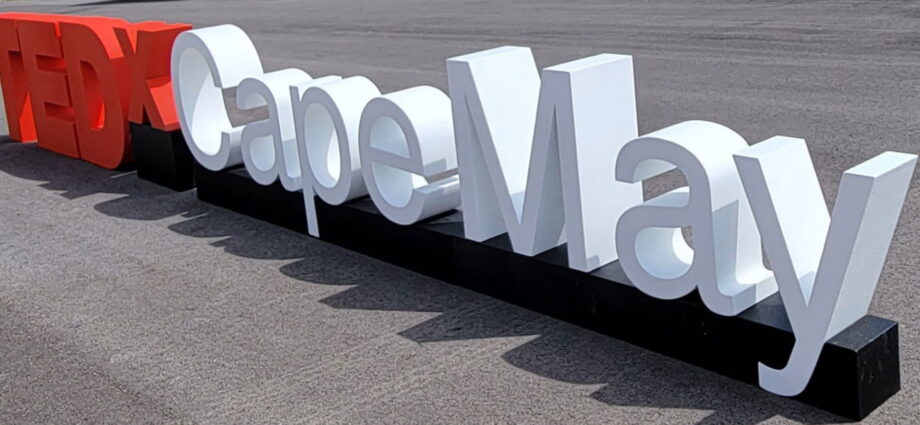Hey there, fellow design enthusiasts! Today, we’re diving deep into the captivating world of 3D letters. You might have seen them adorning storefronts, gracing advertisements, or even popping up on your favourite digital media.
But have you ever stopped to wonder about the story behind these dynamic typographical elements? Well, buckle up because we’re about to embark on an exciting journey through the evolution and application of dimensional letters.
The Origin of Dimensionality
Let’s rewind the clock a bit and explore the origins of 3D letters. Back in the day, designers were searching for ways to make their messages stand out in a sea of visual noise. Enter 3D letters, a revolutionary concept that added depth and dimension to traditional typography.
From the intricate carvings of ancient civilisations to the bold lettering of medieval manuscripts, the seeds of dimensional typography were planted centuries ago.
Fast forward to the 20th century, and we witnessed a surge of innovation in the world of design. With the advent of new materials and technologies, designers had more tools at their disposal than ever before. Suddenly, dimensional letters weren’t just reserved for skilled artisans; they became accessible to anyone with a creative vision and a passion for pushing boundaries.
Crafting Depth and Perception
So, how exactly do designers bring 3D letters to life? It’s all about mastering the art of depth perception. Through traditional craftsmanship and modern techniques, designers sculpt, mold, and manipulate flat surfaces into three-dimensional masterpieces.
Techniques and Tools
From hand-carved wooden signs to digitally rendered logos, the possibilities are endless. Some designers prefer to work with physical materials like wood or metal, meticulously shaping each letter by hand. Others harness the power of technology, using software programs to create lifelike renderings that leap off the screen.
But regardless of the tools they use, all designers share a common goal: to create letters that not only communicate a message but also evoke an emotional response. And with dimensional letters, they have the power to do just that.
The Versatility of 3D Letters
Now that we’ve covered the basics, let’s talk about the diverse applications of 3D letters. From branding and signage to advertising and digital media, these dimensional elements have found their way into nearly every corner of the design world.
Applications Across Industries
Take, for example, the world of branding. A well-crafted 3D logo can instantly elevate a company’s image, making it stand out in a crowded marketplace. Whether it’s emblazoned on a storefront or featured in a social media ad, a 3D logo commands attention and leaves a lasting impression on customers.
But it’s not just businesses that can benefit from 3D letters. Artists and creatives of all kinds are also harnessing the power of dimensionality to bring their visions to life.
Whether it’s creating eye-catching signage for a local event or designing immersive installations for a museum exhibit, dimensional letters offer endless possibilities for creative expression.
Embracing Innovation
As we look to the future, one thing is clear: the journey of 3D letters is far from over. With technology continuing to evolve at a rapid pace, the potential for innovation in dimensional typography is limitless.
From augmented reality experiences to interactive installations, designers are pushing the boundaries of what’s possible with dimensional typography.
Wrapping Up: Future Possibilities
So, whether you’re a seasoned designer or simply intrigued by the world of typography, there’s never been a better time to dive into the fascinating world of dimensional typography. Who knows what the future holds?
One thing’s for sure: with a little creativity and a lot of imagination, the possibilities are endless. Let’s continue to explore, innovate, and shape the future of design together.

